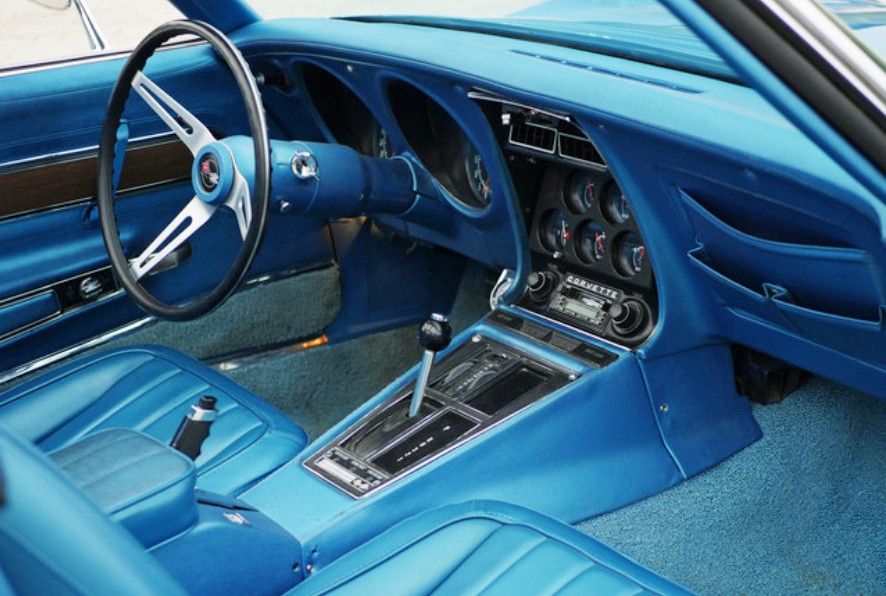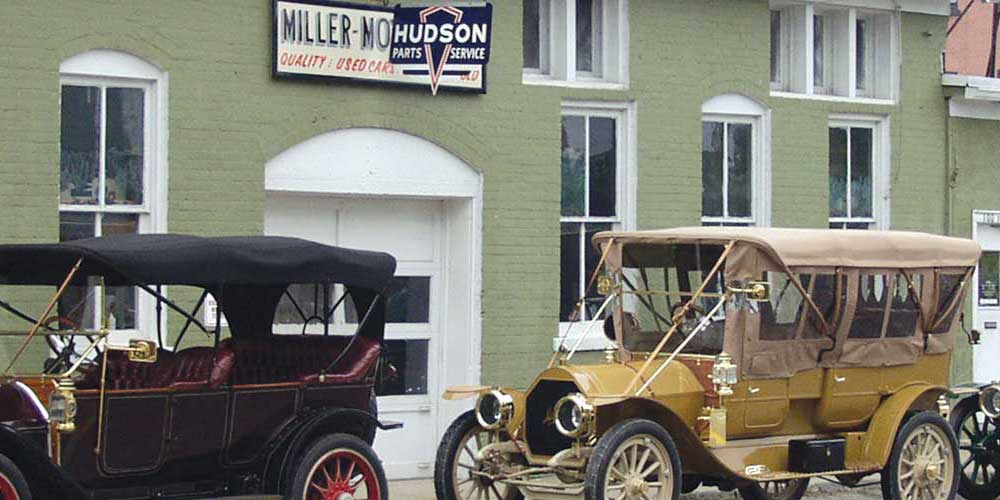By Robert Tate, Award-Winning Automotive Historian and Researcher
Images Courtesy of General Motors Archives & Special Collections, Corvette News, Robert Tate Collection
Published 10.9.2024
 1970 Chevrolet Corvette brochure image (Robert Tate Collection)
1970 Chevrolet Corvette brochure image (Robert Tate Collection)
The 1970 Corvette introduced new styling features to the American market in late 1969. These styling elements continued through the 1972 model year.
 A 1970 Corvette (Corvsport.com)
A 1970 Corvette (Corvsport.com)
The 1970 Corvette models were designed under the direction of Bill Mitchell, along with Larry Shinoda. The Chevrolet Corvette C3 was the third generation of the sports car that was manufactured between 1967 and 1982. A total of 17,316 Corvettes were produced for the 1970 model year.
 A 1970 Chevrolet Corvette convertible
A 1970 Chevrolet Corvette convertible
Automotive historians have said that it was the Aero Coupe show car that was a part of the inspiration to create the newly-designed 1970 Corvettes. It was the egg-crate-pattern grille with matching louvers and the fenders that were part of the new styling features. A new custom interior also gave the 1970 Corvettes a dressed-up look that most fans truly enjoyed. A small block engine was also used in these models.
 The 1970 Corvette interior (Scott Konshak)
The 1970 Corvette interior (Scott Konshak)
The 1970 Corvette convertible had a sticker price of $5,299, and the coupe came in at $5,536. These models provided a number of cosmetic and power options, including power brakes, power steering, air conditioning, an audio alarm system and an AM-FM stereo radio. Some of the popular colors available included Monza Red, Ontario Orange and Marlboro Maroon.
 A 1970 Corvette two-page spread magazine ad (General Motors Archives)
A 1970 Corvette two-page spread magazine ad (General Motors Archives)
If you enjoyed driving fast, the 1970 Corvettes could go from 0-to-60 mph in seven seconds and go from 0 to 100 mph in 14 seconds. In 1970, Chevy introduced the popular LT-1 engine that became a huge hit among Corvette enthusiasts around the world. The 1970 Corvettes’ high performance also proved very popular on the racetrack, creating a following of fans across the country.
 Another 1970 Chevrolet Corvette ad (General Motors Archives)
Another 1970 Chevrolet Corvette ad (General Motors Archives)
During the manufacturing process, the fiberglass Corvette bodies would pass through a four-minute water spray with an inspector inside looking for leaks in 70 different body locations. After completing production, the Corvettes were driven about two miles for more road testing before being transported to dealers.
 A 1970 Corvette magazine ad (General Motors Archives)
A 1970 Corvette magazine ad (General Motors Archives)
The production of 1968-1970 Corvettes peaked in 1969, and the model earned the title of “Best All Around Car from 1967 through 1971. In 1970, advertising agency Cambell-Ewald created effective advertising for the Corvette, featuring headlines like “Handle with driving gloves” and “70 Corvette. What else.”
 The Cover of Corvette News magazine (Corvette News)
The Cover of Corvette News magazine (Corvette News)
In conclusion, since 1953, the Corvette has always had a rich automotive history that will be recognized by its fans for many years to come.
Bibliography
Ludvigsen, Karl & Automobile Quarterly Publications. “Corvette: America’s Star-Spangled Sports Car, The Complete History.” Princeton Publishing, 1974.
Kowalke, Ron. “Standard Catalog of Chevrolet: 1912-1998.” Krause Publications, 1998.
Dammann, George H. “Sixty Years of Chevrolet.” Crestline Publishing, 1972.



